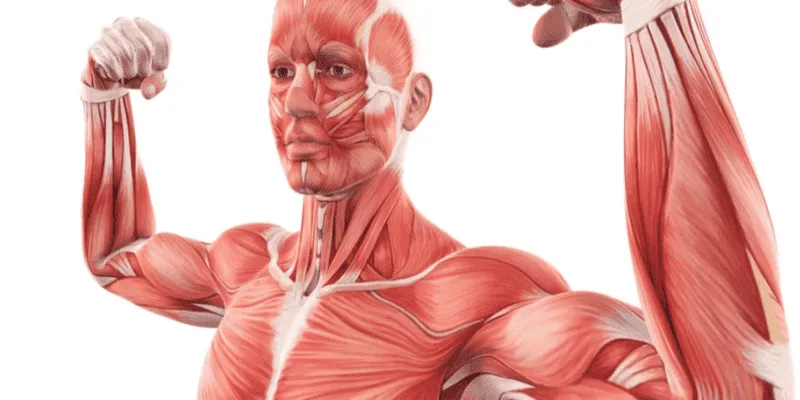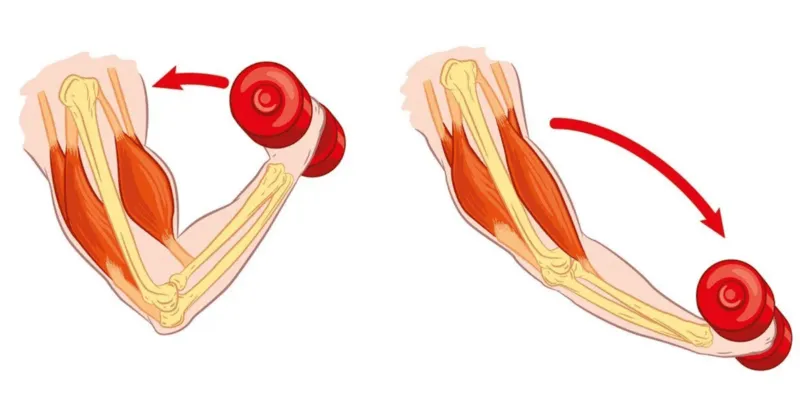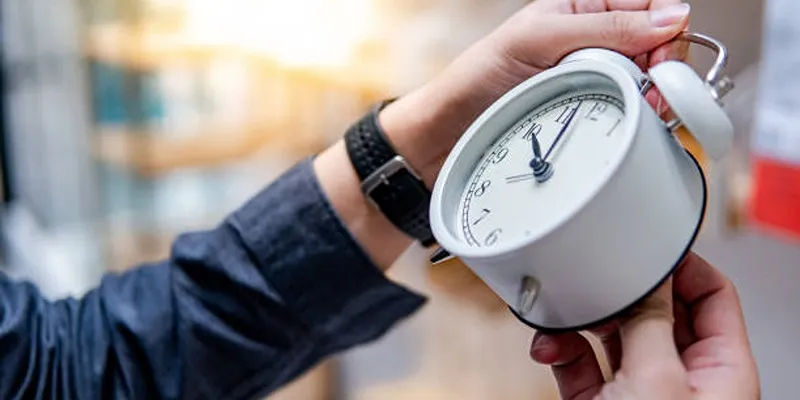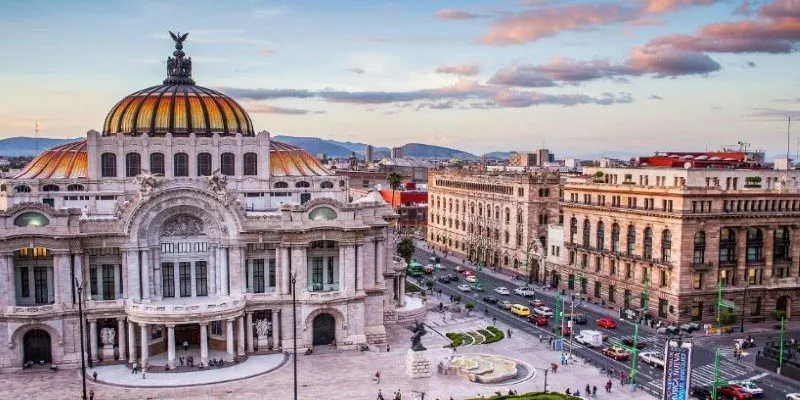What Happens to Your Muscles When You Work Out?
Understanding your muscle needs is crucial for a healthy recovery. So, what happens to your muscles when you work out? This question often arises among bodybuilders. Initially, your heartbeat speeds up due to increased oxygen demand.
Workouts are essential for maintaining and strengthening muscles, keeping you active and motivated. Exercise redirects blood from the liver to the skeletal muscles, regulating hormone levels and converting fats into glucose.
During intense workouts, muscles produce lactic acid, lowering blood pH. This causes mild muscle pain, signaling the need for rest. As you rest, the lactic acid is metabolized, normalizing the pH levels.
To truly grasp what happens to your muscles when you lift weights , explore the mechanisms of muscle contractions, recovery, growth, and adaptations.
Muscles and Metabolism

What happens to your muscles when you work out? Exercise impacts your body’s metabolism by altering its natural equilibrium, a process known as homeostasis.
1) Breathing Rate
Excessive muscle workout increases your breathing rate. The circulatory system must deliver more nutrients and oxygen to stabilize the respiratory system while removing carbon dioxide as waste.
2) ATP Production
Muscles require significant energy during workouts. This demand is met by producing ATP (Adenosine triphosphate), enabling muscle contraction. Mitochondria convert oxygen and glucose into ATP through aerobic respiration.
3) Muscle Contractions
Mitochondria in muscle cells produce ATP to facilitate contractions. Since ATP cannot be stored, mitochondria continuously generate it to maintain levels during exercise.
4) Anaerobic Process
When exercise intensifies, oxygen levels may drop, making aerobic respiration insufficient. The body then uses glycogen to produce ATP, with lactic acid as a by-product. This is known as anaerobic respiration.
5) Digestive System
Intense workouts can cause irritability due to disturbed oxygen and glucose levels, slowing the digestive system to prioritize energy distribution to muscles.
Muscle Contraction During Exercise

During workouts, your nervous system signals muscles to contract—a process explained by the sliding filament theory, where myosin and actin proteins slide to create tension. Here’s a detailed breakdown:
1) Neural Activation
Motor neurons release acetylcholine at the neuromuscular junction, stimulating muscle fibers.
2) Calcium Cross Bridge
Upon stimulation, the sarcoplasmic reticulum releases calcium ions in muscle cells, forming a cross bridge with a regulatory protein.
3) Power Stroke
Myosin cross bridges pull actin filaments to contract muscles, a process driven by available ATP.
Muscle Damage and Micro-Tears
What happens to your muscles when you work out? They often sustain damage, essential for muscle building. Micro-tears in fibers trigger a repair process leading to muscle growth, or hypertrophy.
These signs your body is changing from working out indicate progress. As muscles repair, fibers fuse to form stronger myofibrils, enhancing strength and resilience.
Metabolic Stress and Muscle Pump
Intense workouts induce metabolic stress when blood flow to working muscles is restricted. Metabolic by-products accumulate, causing a burning sensation.
Muscle contractions increase blood flow, clearing waste like carbon dioxide and delivering nutrients like oxygen, resulting in a temporary muscle pump.
Hypertrophy of Muscles
Regular workouts lead to muscle enlargement, known as hypertrophy. Stress- induced micro-damages prompt the body to increase muscle density and strength.
Muscle growth requires consistent stimuli. Increasing weight, volume, and intensity are key factors in understanding what happens to your body when you exercise every day.
Long-Term Muscle Adaptation
Over time, muscles undergo neuromuscular adaptation, enhancing the nervous system’s efficiency in engaging muscle fibers. You’ll experience less fatigue and pain when lifting weights.
This adaptation occurs as you exercise regularly, illustrating what happens when you start exercising after a long time. Muscles become more resistant to damage, a reason seasoned athletes feel less pain during workouts.
How Do Muscles Recover After a Workout?

Post-workout, muscles begin repair. Lactic acid clears, and fibers rebuild, increasing size and strength.
Satellite cells replicate and combine with damaged fibers, forming stronger strands. This strengthens muscles, enhancing their ability to withstand future stress.
So, what happens to your muscles when you work out? They endure temporary stress, leading to long-term benefits like stronger, elongated muscles.
Conclusion
Have you ever wondered what happens to your muscles when you work out? They experience stress and damage, but regular exercise leads to repair and growth. Meeting oxygen and glucose demands is crucial for muscle health and development.











